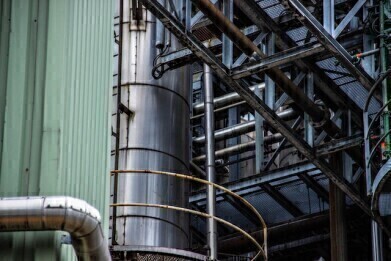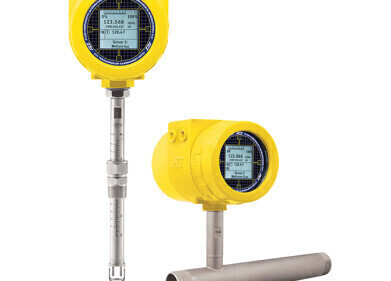Flow Level Pressure
3 Types of Chemical Storage Tank
Dec 15 2022
Storing industrial chemicals presents a unique set of challenges. From agricultural fertilisers to finished petroleum products like diesel and gasoline, chemicals are often highly corrosive and must be stored in tanks made from durable materials. As well as finished products, chemical storage tanks are used throughout the production process. This includes tanks used to blend raw materials, as well as to store and transport finished chemical products.
Industrial chemical storage tanks fall into three categories. Each has its own unique set of benefits.
-
Stainless steel chemical storage tanks
Durable and corrosion-resistant, stainless steel tanks are ideal for storing many different types of chemical-based products. Cost can be a barrier as stainless steel tanks are usually the most expensive option. While durable, stainless steel tanks are unsuitable for storing several types of acids.
-
Polyethylene chemical storage tanks
Depending on the level of durability required, polyethylene storage tanks can be either cross-linked (XLPE) or linear polyethylene. This refers to the pattern in which polymer bonds form and can have a big impact on structural strength. XLPE is generally preferred as it boasts exceptional tensile strength and impact resistance.
A peroxide catalyst is added to the thermoplastic resin during the manufacturing process to create a free radical. This forces the polymer chain to form cross-linked bonds and transforms the material into a single molecule. This impressive structural integrity makes XLPE chemical storage tanks an excellent choice when durability is critical.
-
Fiberglass chemical storage tanks
Fibreglass storage tanks are suitable for use with a wide range of chemicals, including sodium hypochlorite and aluminium sulphate. When reinforced with plastic, fibreglass tanks combine the benefits of thermosetting resins with the strength of glass fibers.
Choosing the right chemical storage tank
Considering what types of chemicals are being stored is critical when selecting tanks. Assuming a tank used to store ferric chloride is also suitable for storing ethanol-based fuel is one of the biggest mistakes a site can make. Developing an in-depth understanding of the unique physical and chemical characteristics of the product being stored is the best way to assess the suitability of tanks. This is often done using high resolution chemical analysis techniques.
As well as creating a unique fingerprint to assess storage options, high resolution chemical analysis techniques are widely used for quality control in the petrochemicals industry. Chromatographic analysers play a key role, as do techniques like Mass Spectrometry (MS) and Raman Spectroscopy.
Want to know more about the challenges of storing oil, chemicals and other petroleum-derived products? Don’t miss our all-bases-covered guide, ‘Storage Tanks for Oil & Chemicals - Everything You Need to Know’.
Digital Edition
PIN 25.3 June/July
June 2024
Analytical Instrumentation - Recent Advances In Various Bench Scale Accelerated Oxidative Testing Methods For Fuels - Petrochemical Industry: Anton Paar Solutions Streamline Processes, Reduce H...
View all digital editions
Events
Jul 30 2024 Jakarta, Indonesia
Jul 30 2024 Jakarta, Indonesia
China Energy Summit & Exhibition
Jul 31 2024 Beijing, China
Jul 31 2024 Chengdu, China
Aug 05 2024 Moon Township, PA, USA


















